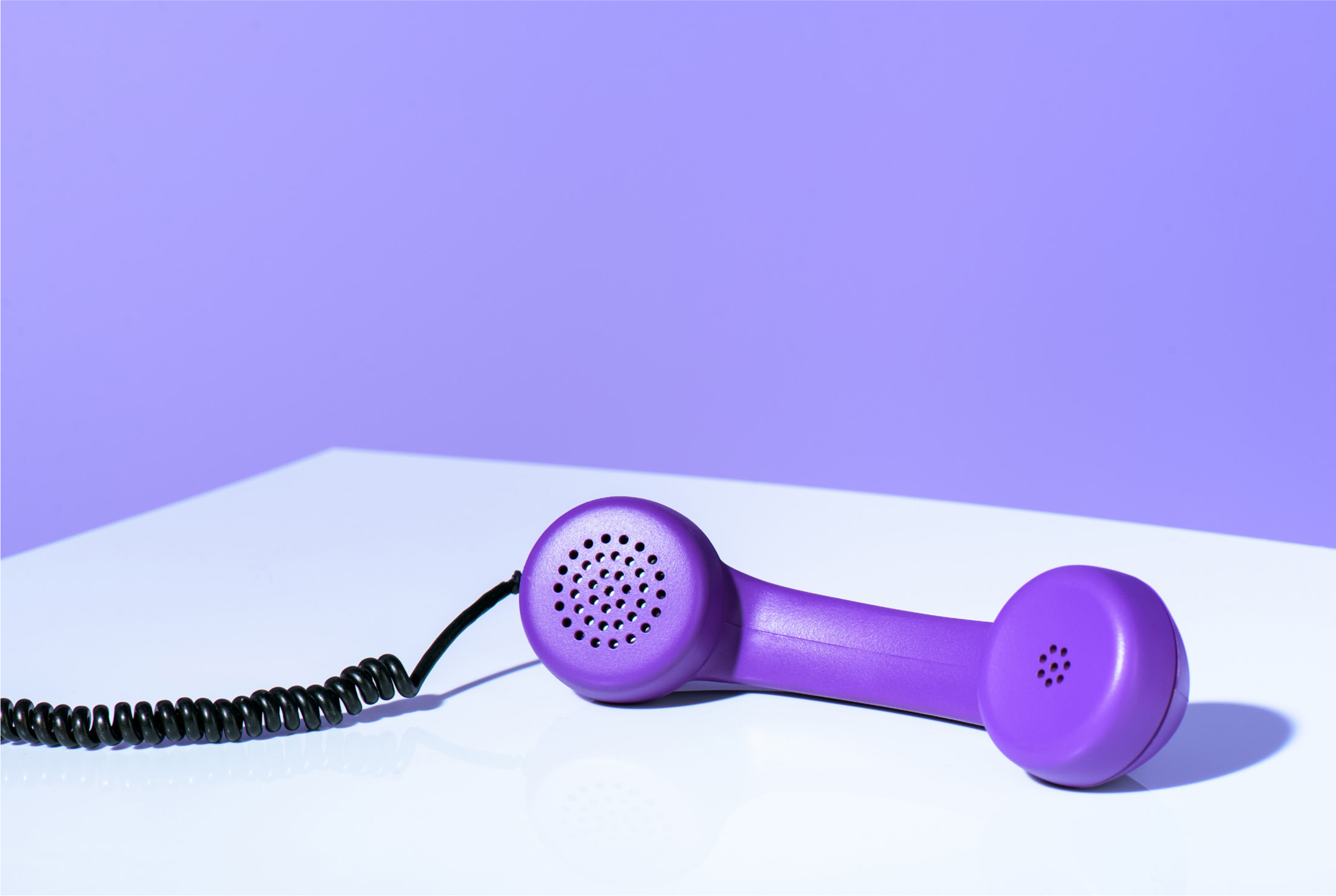
 An advert can be an effective way to communicate expertise and ideas with patients
An advert can be an effective way to communicate expertise and ideas with patients
Although few aesthetic practitioners will have the revenue to employ the type of advertising agency that is used by multinationals, there are several important lessons that can be learnt from them and applied to individual brands. In this article, I will examine how their creative process has been used with some of the best-known brands in the world, including Budweiser, Nike and Sega.
What is good advertising?
The business objective of advertising is to raise awareness of a brand to the extent that it builds an audience that ultimately purchases a product. The reality is that, to most of us, advertising has traditionally been a murky world of poor jingles and questionable claims, which can be quickly skipped or ignored by the press of a button.
Yet, there are adverts that have become part of popular culture and can even be considered as art. Being a good advertiser is about understanding that no one has the right to enter someone's home and not serve them something entertaining or containing some depth or insight. Good advertising should be provocative, memorable and even uplifting. If not, at best, it will be ignored and, at its worst, it will insult the audience and damage the brand.
Developing insights
Before considering developing an advert, take time to understand and define the insight. Why would the customer want to buy your product or engage with your brand? The answer to this question is not straightforward, and, sometimes, the traditional brand message may need to be changed or extinguished if it is no longer working effectively. For example, most people are aware of the health benefits of drinking milk in relation to calcium intake, which limits the effectiveness of advertising to increase sales. However, discovering that there is no milk left at breakfast time or when making a hot drink can be bothersome. So, if examining what patients ultimately want in the aesthetics industry, you may discover that they are really seeking confidence, not just a more youthful appearance.
Aesthetic practitioners need to develop a good understanding of their target audience—read the magazines that patients read and go where they go. Pretend that you are on their side of the fence, so that you understand what drives them and why they may want to engage with your brand.
Turning insights into ideas
Next, insights need to be turned into ideas. Instead of thinking about where the insights go, instead think about where they could go. Develop a mood board, too, remembering that it is not just about the adverts or pictures that you have seen; sources such as YouTube and music can also be a part of developing the feelings that you want to convey. Make your ideas relevant by understanding the zeitgeist (‘spirit of the age’, ideas and beliefs) of a particular era or your target audience.
In relation to the aforementioned milk example, Goodby, Silverstein and Partners (GSP) developed a very successful milk promotion campaign by playing on the loss aversion concept of a world without milk (Goodby and Silverstein, 2021). Many beauty adverts play on having a perfect life, but what if we played with assertiveness, being distinctive or being sassy? What if we indirectly challenge that definition of authenticity that critics of the aesthetics industry use with our right to express ourselves?
Do not be afraid to borrow or build upon ideas from non-related campaigns or news stories. Nike's famous ‘Just do it’ slogan was inspired by rather morbid roots—it was based on the murderer Gary Gilmore's last words before he was executed in 1977 (Goodby and Silverstein, 2021).
» Consider developing your ideas into a campaign where you keep iterating on the insights that you have discovered and change the advert's tone depending on the context «
Physically communicating the idea
After going through several insights and even more ideas, it is time to execute and physically communicate the idea. If planning a video-based advert, it can help to draw a line down a piece of paper with ‘0 seconds’ at the top and ‘30 seconds’ at the bottom to enable you to plan it out second by second. On the left-hand side, define the cinematics (for example, what you are showing visually). On the right-hand side, specify any dialogue and text that will be displayed. Start with the ending first: define what your payoff will be, then work backwards.
A one-off advert is rather like throwing a stone into a pond: it may cause ripples, but they soon stop. Consider developing your ideas into a campaign where you keep iterating on the insights that you have discovered and change the advert's tone depending on the context—sometimes, a serious advert might not be appropriate.
Test your idea before spending too much time on it. Most friends and family will not want to offend you when you talk to them about your advertising concepts, so find someone who will be brutally honest with you.
Bringing humanity to your brand
Advertising does not need to just be about your products—it can also be used to show who you are and what you stand for, as, hopefully, you are someone who wants to do good in the world. In 2015, Doritos launched a new limited edition flavour rainbow chips to support the ‘It Gets Better’ campaign to support LGBT youth and built a strong identity in that community. Their Chief Marketing Officer stated that that they wanted to show their commitment towards equal rights and celebrate humanity without exception. The rainbow packets of corn chips had the powerful tagline: ‘There's nothing bolder than being yourself’ and created a viral marketing sensation.
Observations can also be made in relation to personal opinions and societal commentary, as long as it is kept professional. By promoting what you stand for and showing your humanity, your brand will develop a deeper affinity with your audience, which will encourage them to share both your message and your brand.
Conclusion
While the ultimate objective for advertising is to sell a product, your brand will be remembered for how it touched your audience, rather than its sales numbers. Today's media platforms allow audiences to instantly dispatch a boring advert with a click or swipe. What attention time you have with your audience is precious and fleeting, so make use those seconds to be memorable, inspiring and entertaining.



